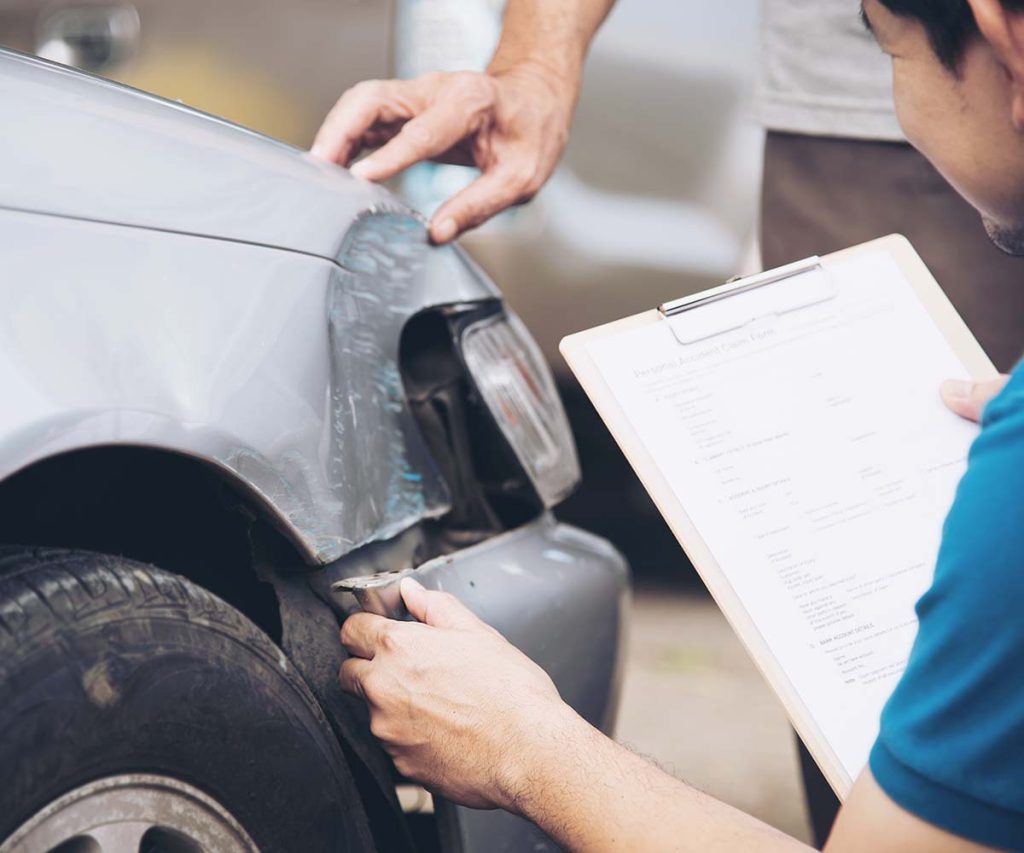Home Insurance
Homeowner insurance, also known as home insurance or property insurance, is a type of insurance policy that provides financial protection to homeowners in the event of damage to their property or possessions. It typically covers the physical structure of the home, personal belongings, liability for injuries or property damage to others, and additional living expenses if the home becomes uninhabitable due to covered perils.
Here are some key components of homeowner insurance policies:
Dwelling Coverage: This covers the cost of repairing or rebuilding your home’s structure if it’s damaged or destroyed by covered perils such as fire, windstorms, lightning, or vandalism.
Personal Property Coverage: This protects your belongings, such as furniture, clothing, and electronics, against covered perils, both inside and outside your home. Some policies may have limits on coverage for high-value items like jewelry or artwork, so additional coverage may be necessary for those items.
Liability Coverage: This provides financial protection if someone is injured on your property and you’re found legally responsible. It also covers damage to others’ property that you or your family members cause.
Additional Living Expenses (ALE): If your home becomes uninhabitable due to a covered peril, ALE coverage helps pay for temporary living expenses such as hotel bills, restaurant meals, and other costs while your home is being repaired or rebuilt.
Other Structures Coverage: This extends coverage to structures on your property that are separate from your main dwelling, such as a detached garage, shed, or fence.
Medical Payments Coverage: This pays for medical expenses if someone is injured on your property, regardless of who is at fault.
It’s important to review your homeowner insurance policy regularly to ensure you have adequate coverage for your needs. Factors such as the location of your home, its age, construction materials, and local risks (like floods or earthquakes) can affect the cost and coverage of your policy.
Additionally, there are different types of homeowner insurance policies available, including HO-1, HO-2, HO-3, HO-4, HO-5, HO-6, and HO-8, each offering varying levels of coverage and protection. It’s advisable to consult with an insurance agent or broker to understand the specific terms and conditions of your policy and to make any necessary adjustments to ensure you’re adequately protected.


We help to get Solutions!
It is a long established fact that a reader will be distracted by the readable content of a page when looking at its layout.
It is a long established fact that a reader will be distracted by the readable content of a page when looking at its layout.
It is a long established fact that a reader will be distracted by the readable content of a page when looking at its layout.






